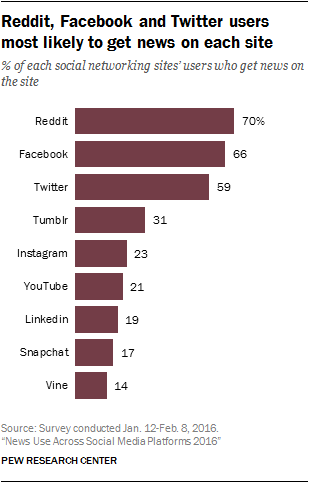ASTU has been such an experience this year and it is frightening how quickly the school year flew by. In the past year, I have learned a great deal and gathered many memories. Looking back at this academic year, I can confidently say that I have had many ups and downs. ASTU has been a class where I have made many good friends as well as learned many new things and developed previous skills but it has also challenged me in many ways nonetheless I think it will help me a lot with my future at university.
During this class, I have also learned about academic writing. The skills I have learned will help me throughout my entire academic future as it taught me how to write in a scholarly way as well as the principle of academic misconduct. The ASTU course as talked about in class has opened me up too many opportunities such as being a part of the CAPCON as well as learning transferable skills to help me in the future.
A major assignment that I enjoyed this term was the archives group project. I enjoyed working my peers, with new material and producing the wiki page. I had never done anything like it before so it was really nice to try something different and new. Showcasing this work at CAPCON was a great experience and I am proud of the work we produced as a group.
The texts that we have studied in class were very different to texts that I studied in high school and studying a different type of genre was a good experience. It has opened me up to think about topics in new ways and by reading autobiographies, I have learned the significance of individuals sharing their stories through their own personal thoughts and experiences. Missing Sarah was a really interesting narrative for me to read and it made me think about people in different ways. From this, I learned a lot about the downtown east side of Vancouver as well as the missing and indigenous people in BC. Persepolis was another one of my preferred texts we studied and I was intrigued by her graphic narrative of a young girl living in a very challenging situation. This course has further made me think about the representation and reception of the marginalized population and how autobiographies have helped people express themselves.
Overall, I have gained a lot from ASTU and I appreciate all that I have learned. I think this class has definitely extended my personal knowledge. I think I have come a long way in my academic writing as well as an individual and it has set me up well for my future at university.
 then Twitter. Reddit is a social media platform where they share social news, web content ratings as well as a discussion page where people can contribute by voting on articles or stories and add to a conversation that others have previously
then Twitter. Reddit is a social media platform where they share social news, web content ratings as well as a discussion page where people can contribute by voting on articles or stories and add to a conversation that others have previously